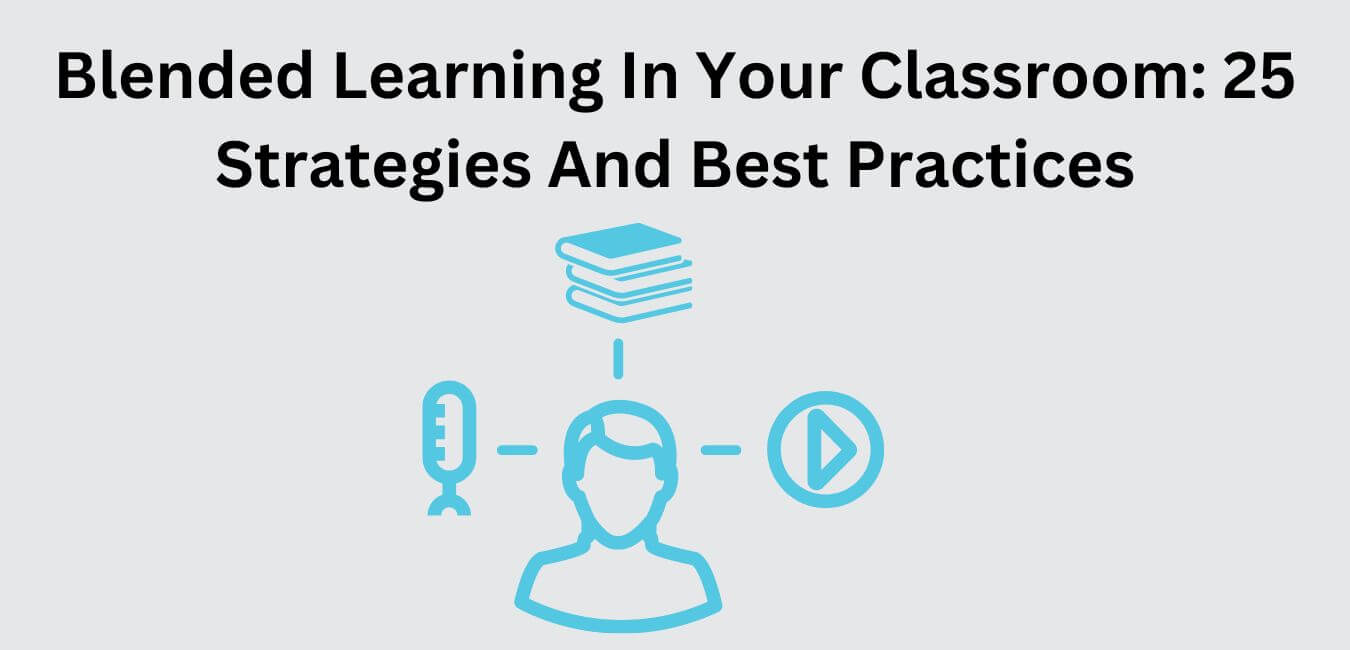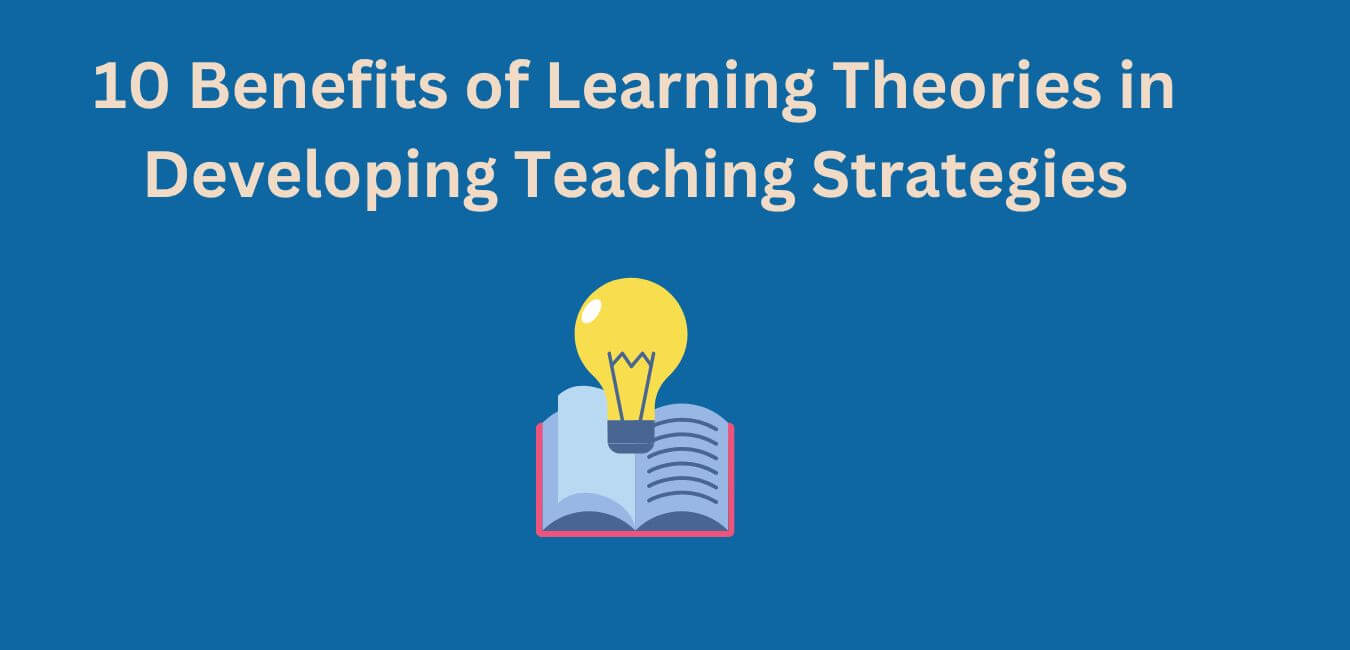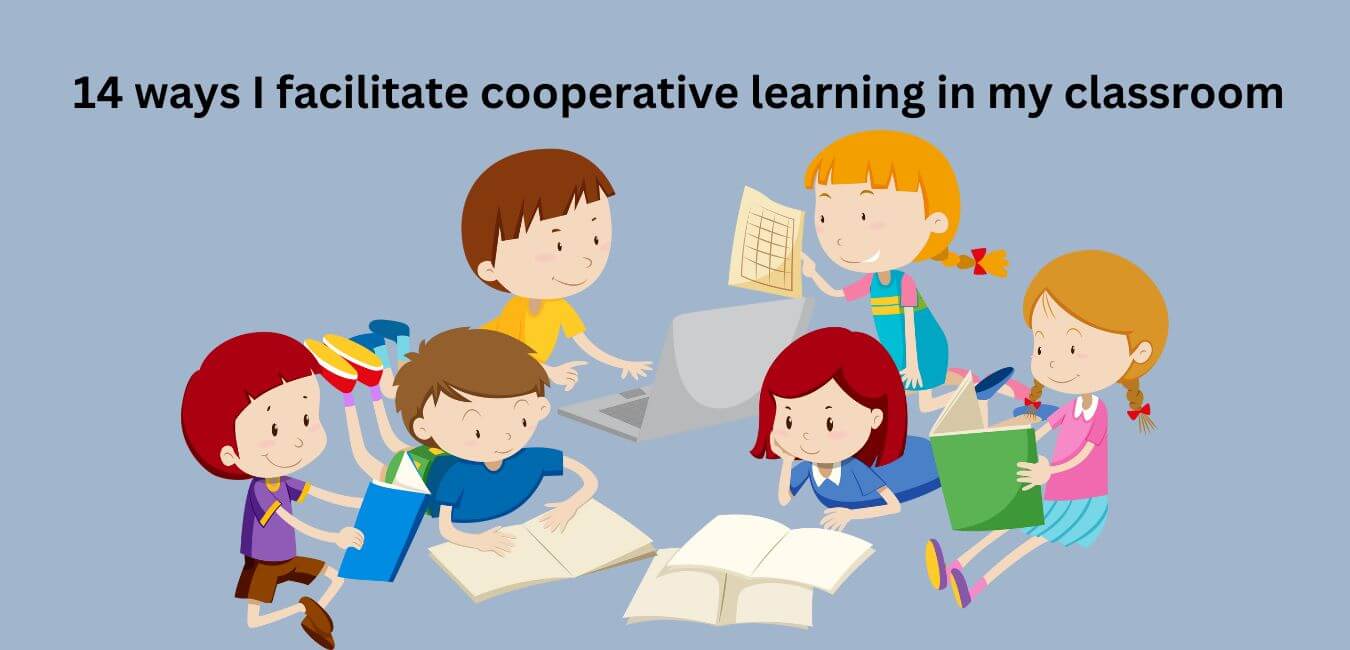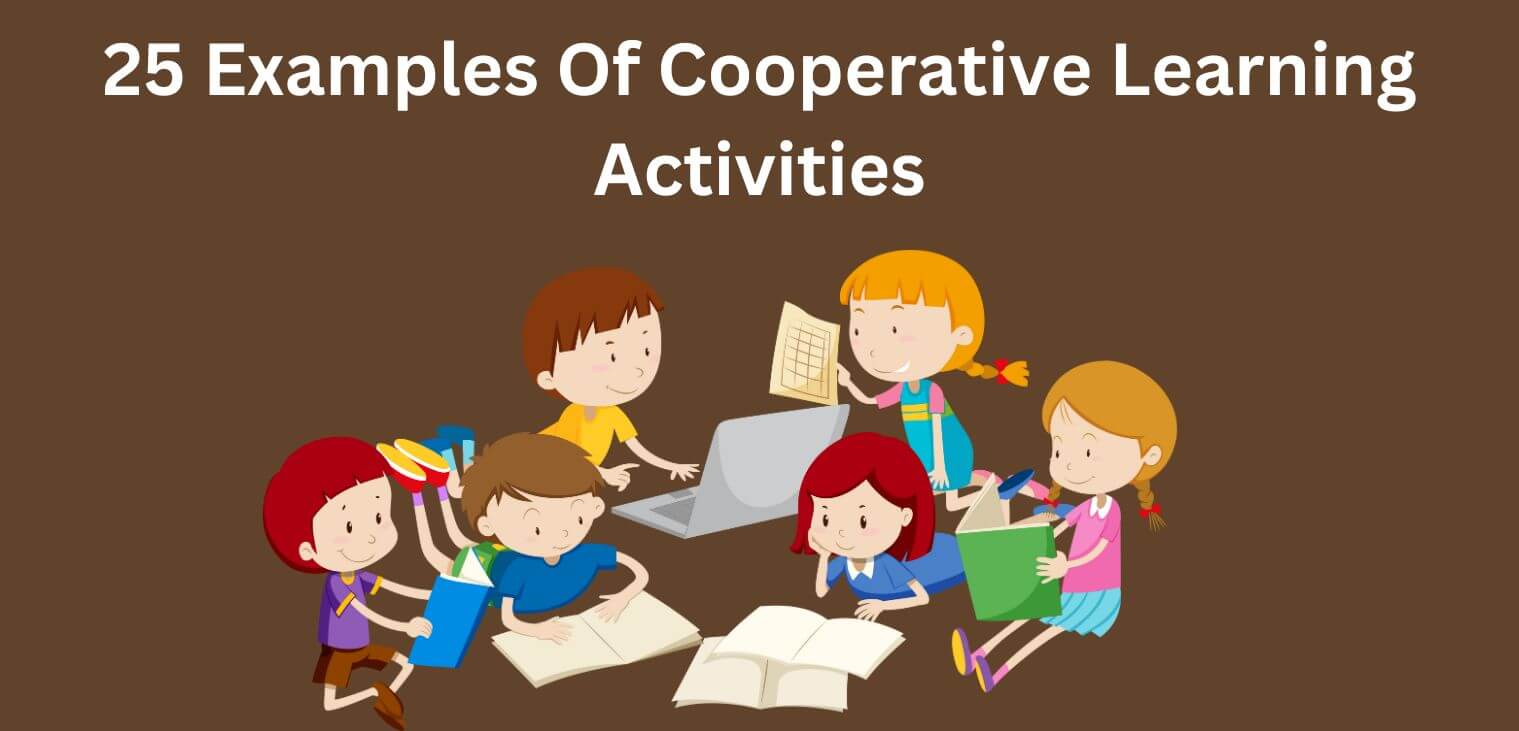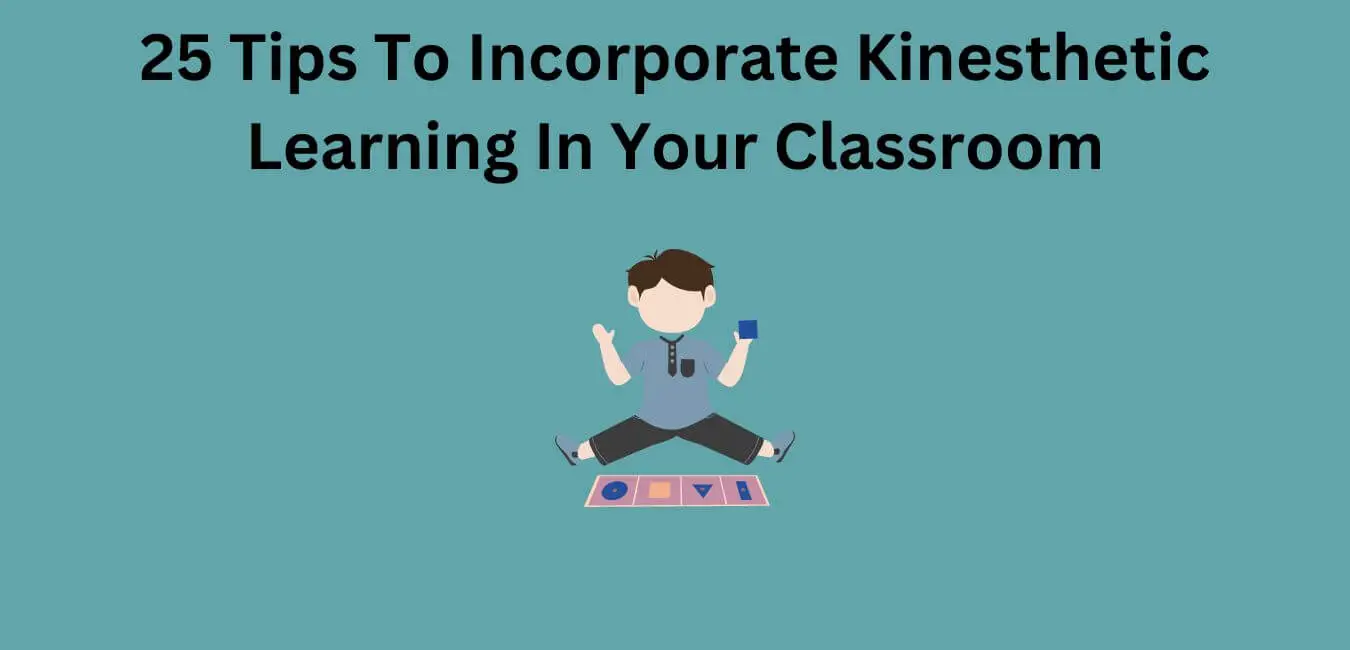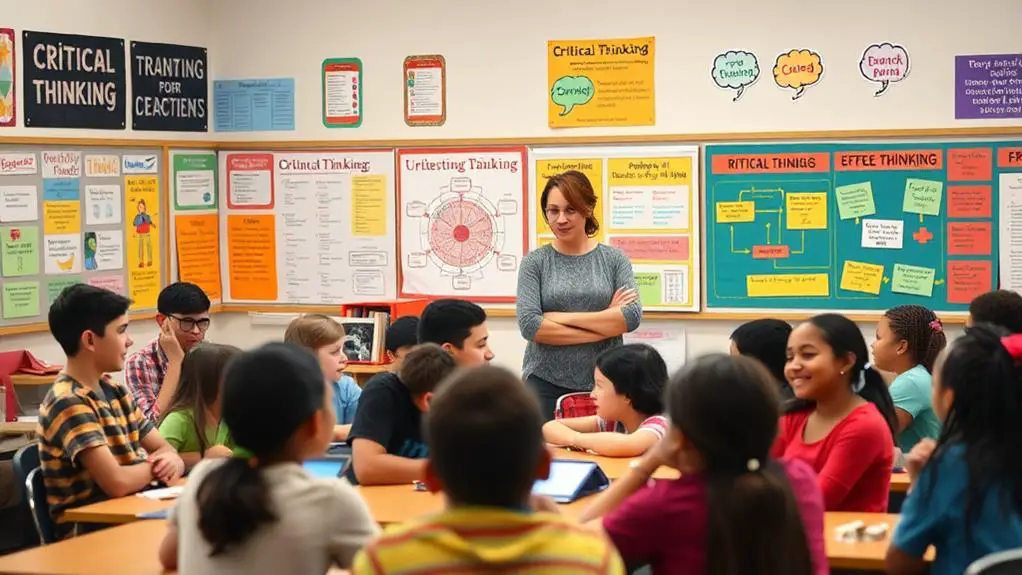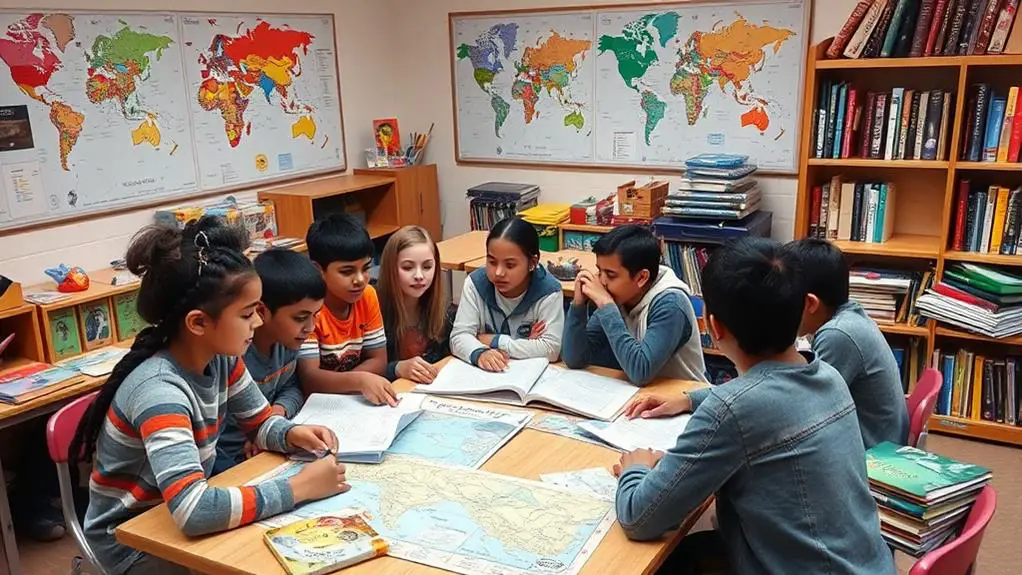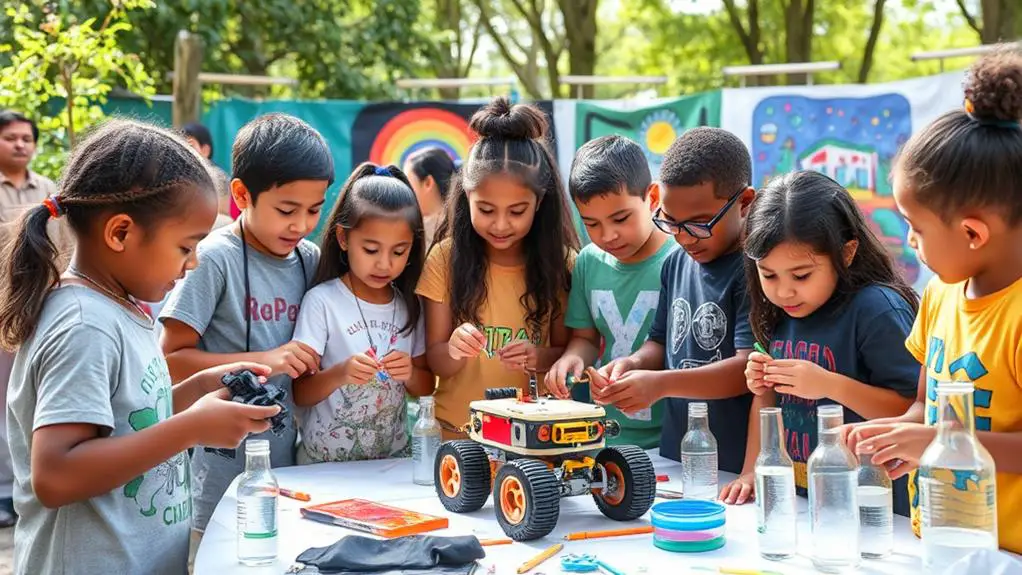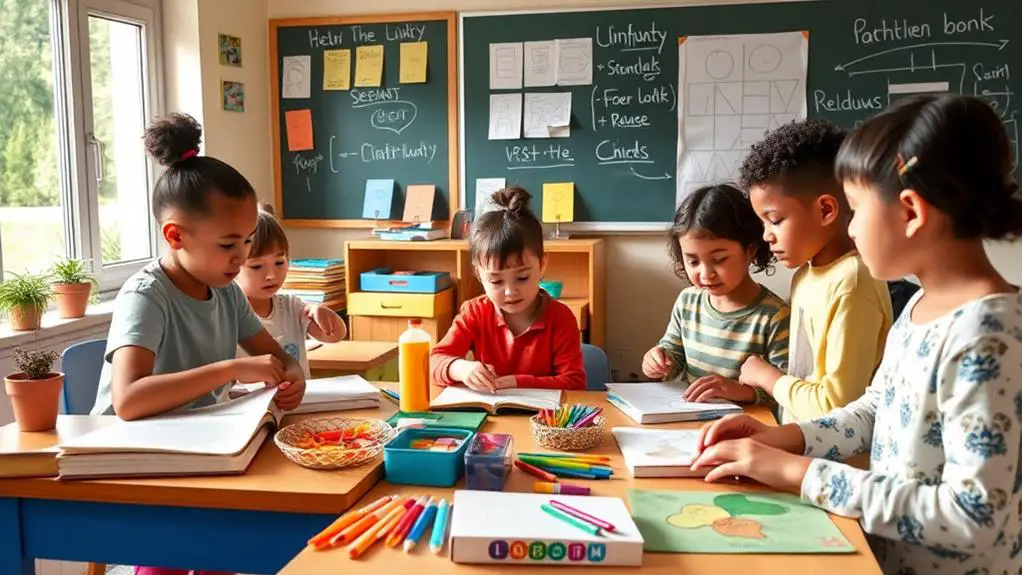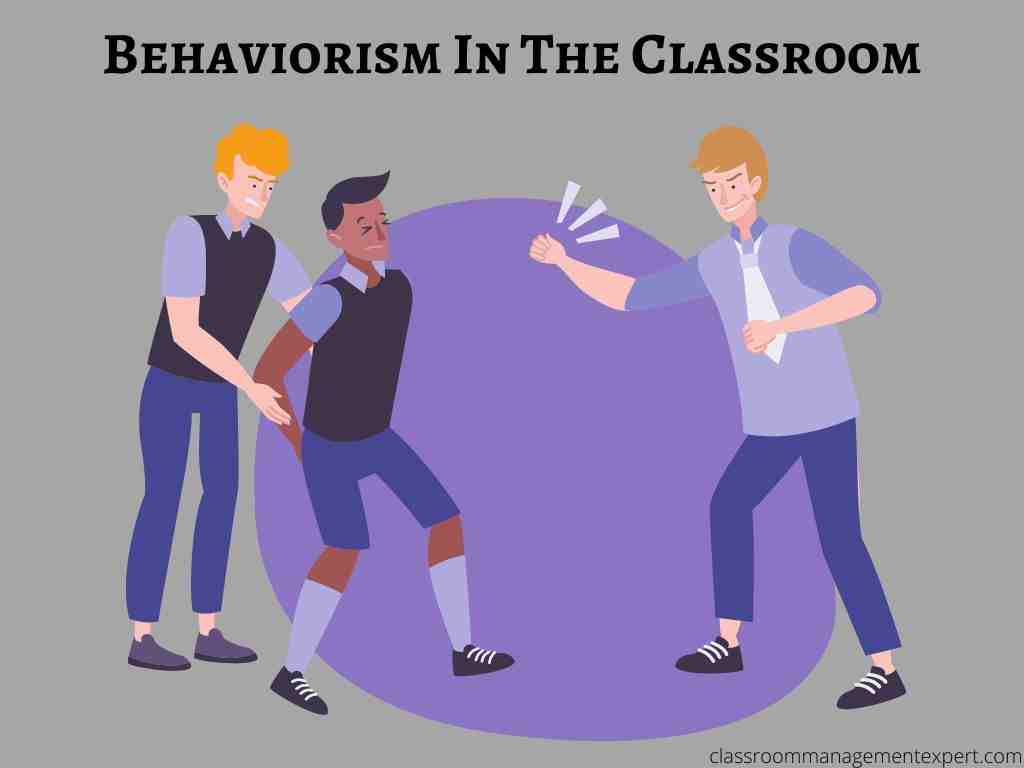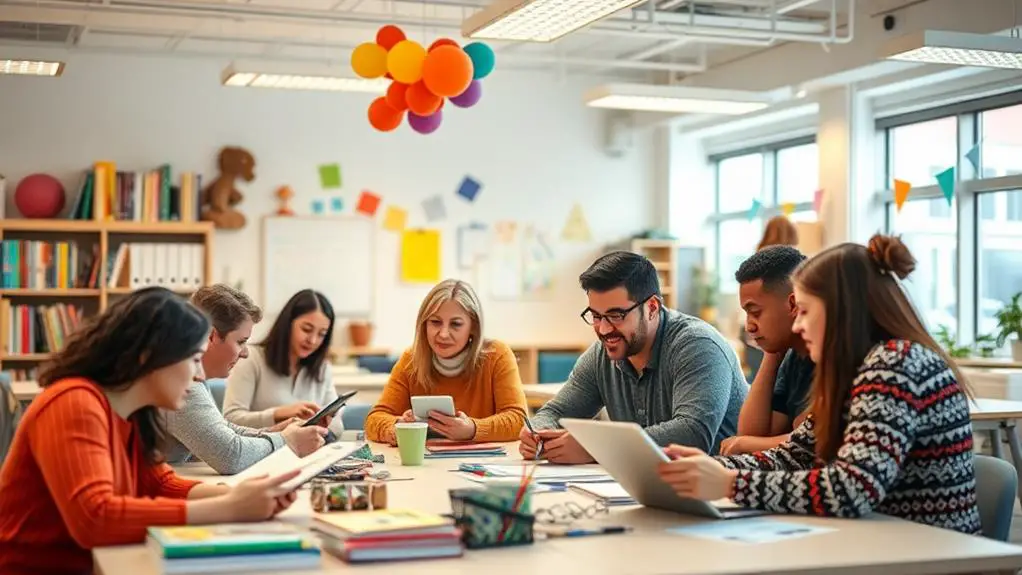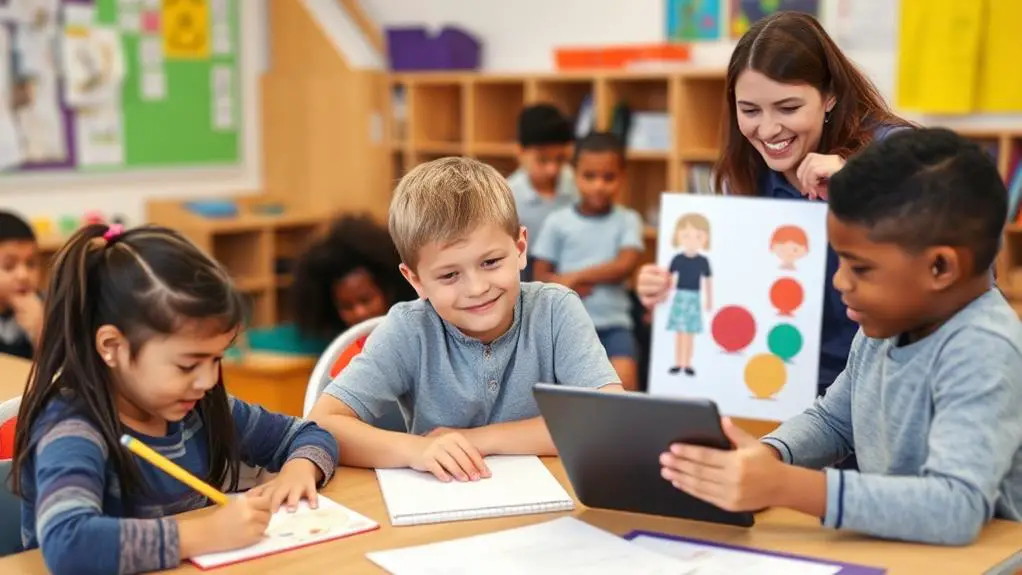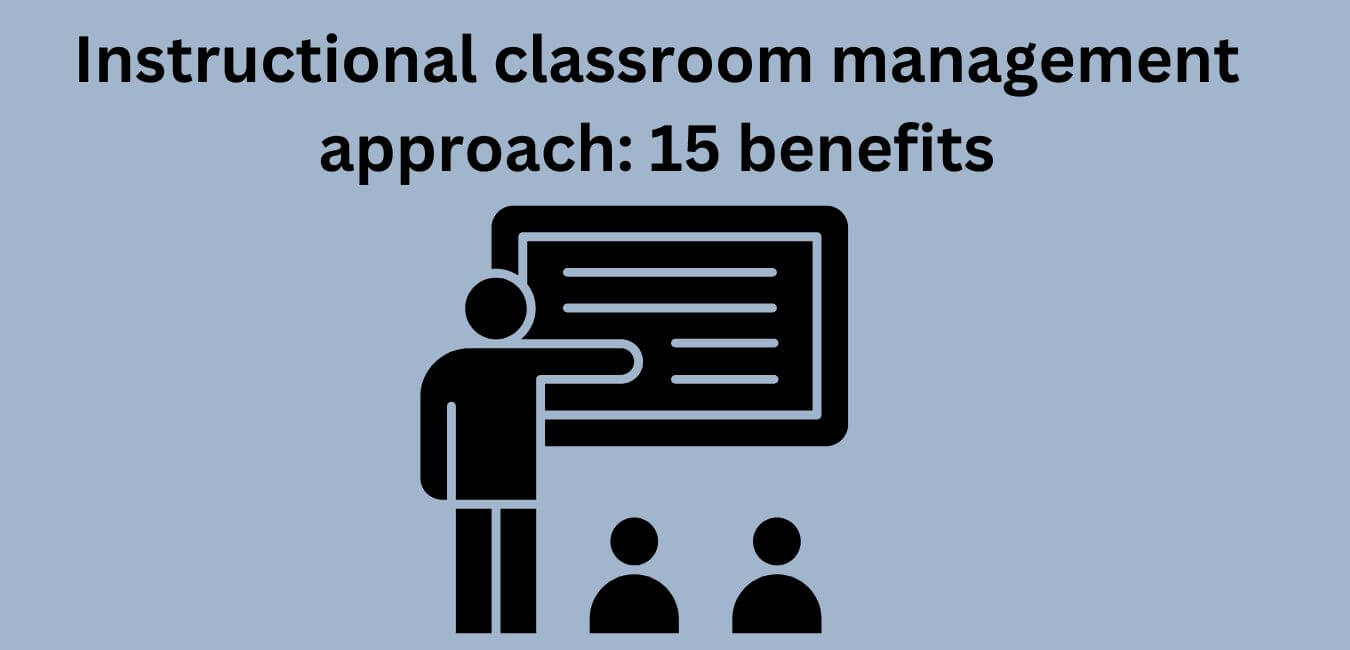Did you know that implementing blended learning can lead to more successful teaching outcomes? In fact, studies show that classrooms that incorporate a blend of traditional teaching methods and technology-based instruction have higher student engagement and achievement rates.
In this article, we will explore 25 strategies and best practices for implementing blended learning in your classroom. By combining face-to-face instruction with online resources, you can create a dynamic learning environment that meets the needs of all your students.
But how do you make the transition to hybrid instruction? How can you effectively engage parents and promote self-directed learning? Don’t worry, we’ve got you covered. We will discuss the role of technology in hybrid education, setting clear expectations for students, and developing digital literacy skills.
As educators, our ultimate goal is to serve our students and help them succeed. By continually evolving and adapting our approach to teaching, we can ensure that we are meeting the needs of every learner.
So let’s dive in and discover how you can implement blended learning in your classroom for successful teaching.
Key Takeaways
- Blended learning combines traditional teaching methods with technology-based instruction to increase student engagement and achievement rates.
- Effective implementation of blended learning requires transitioning to hybrid instruction, setting clear expectations for students, and involving parents in the learning process.
- Online platforms for hybrid education provide virtual classroom environments, synchronous and asynchronous learning opportunities, and interactive digital content for engagement and critical thinking.
- Personalized learning in hybrid education caters to individual needs and interests through adaptive technology, customized curriculum, and virtual teamwork and cooperative learning.
Tips to Help You Implement Blended Learning in Your Classroom
1. Understanding the Concept of Hybrid Education
Understanding the concept of hybrid education is essential for creating a successful blended learning environment in your classroom.
Hybrid education, also known as blended learning, combines traditional face-to-face instruction with online learning components. By incorporating both methods, educators can take advantage of the benefits of both approaches while addressing the challenges that come with them.
One of the main benefits of hybrid education is the flexibility it offers. Students have the opportunity to engage with course materials and collaborate with their peers online, allowing for personalized learning experiences. Additionally, hybrid instructional strategies, such as flipped classrooms or station rotations, can be implemented to cater to different learning styles and preferences.
However, hybrid learning also presents challenges. Classroom management becomes crucial, as educators need to ensure that students stay engaged and on task during both in-person and online activities. Clear communication and well-structured routines are essential to maintain a productive learning environment.
Ultimately, the success of hybrid education lies in its learning outcomes. By combining the best of both worlds, students can develop a range of skills, from digital literacy to self-directed learning. Moreover, the flexibility and individualized approach of hybrid education can lead to improved student achievement and engagement.
Understanding the concept of hybrid education is vital for implementing effective blended learning strategies in your classroom. By embracing the benefits, addressing the challenges, and focusing on student outcomes, you can create a successful and engaging learning environment for your students.
2. The Role of Technology in Hybrid Education
Embrace the power of technology in hybrid education to revolutionize the way you engage and inspire students, leaving them in awe of the endless possibilities that lie ahead.
The role of technology in hybrid education is crucial, as it serves as a catalyst for learning and provides numerous benefits. By integrating technology into your classroom, you can enhance the learning experience and create a dynamic and interactive environment.
Technology allows you to deliver content in a variety of formats, such as videos, interactive presentations, and virtual simulations, which can cater to different learning styles and engage students on a deeper level. Additionally, technology provides access to a wealth of resources and information, enabling students to explore and research topics beyond the confines of the traditional classroom.
However, there are challenges that come with implementing technology in hybrid education. Technical issues and connectivity problems may arise, hindering the learning process. It’s important to have contingency plans in place and to provide adequate support and training for both students and teachers.
Despite these challenges, the benefits of technology in hybrid education far outweigh the drawbacks. Embracing technology empowers you as an educator to create an innovative and inclusive learning environment that inspires and prepares students for the future.
3. Preparing for the Transition to Hybrid Instruction
Get ready to embark on a transformative journey as you prepare for the transition to hybrid instruction, igniting excitement and anticipation in both you and your students. Transitioning to a hybrid schedule can present its challenges, but with the right strategies and support, you can create a successful blended learning environment.
One of the biggest transition challenges you may encounter is ensuring a smooth shift between in-person and online instruction. To address this, consider creating a structured schedule that clearly outlines when students will be in the classroom and when they will be engaging in remote learning. This will help students and parents know what to expect and allow for better planning and organization.
In terms of instructional strategies, it’s important to design lessons that promote student engagement and interaction. Incorporating technology tools such as online discussion boards, virtual simulations, and collaborative projects can enhance student participation and collaboration.
As you prepare for the transition, don’t forget to seek out teacher support. Connect with colleagues who have experience with hybrid instruction and exchange ideas and best practices. Additionally, take advantage of professional development opportunities and training sessions that can provide you with the necessary knowledge and skills to effectively implement blended learning in your classroom.
By addressing the transition challenges, creating a clear hybrid schedule, implementing engaging instructional strategies, and seeking out teacher support, you will be well-prepared to navigate this exciting transition to hybrid instruction. Remember, this journey is about serving others and providing the best possible learning experience for your students.
| Transition Challenges | Hybrid Schedule | Instructional Strategies | Teacher Support |
|---|---|---|---|
| Ensuring smooth shift between in-person and online instruction | Creating a structured schedule outlining in-person and remote learning days | Incorporating technology tools to enhance student participation and collaboration | Connecting with experienced colleagues and participating in professional development opportunities |
4. Setting Clear Expectations for Students
Set clear expectations for your students to ensure a smooth transition to hybrid instruction and promote a collaborative and engaging learning environment. One of the key factors in implementing blended learning successfully is establishing boundaries and guidelines for your students.
Clearly communicate your expectations regarding attendance, participation, and behavior. Make sure students understand the importance of being accountable for their learning and meeting deadlines.
To foster student buy-in and engagement, involve them in the process of setting expectations. Give them a voice in deciding how they will contribute to the class and what goals they want to achieve. This collaborative approach will not only increase their motivation but also create a sense of ownership over their learning.
Consistent reinforcement of expectations is crucial. Remind students regularly about the guidelines and reinforce them through positive feedback and recognition of their efforts. Celebrate their successes and provide support when they struggle.
Clear communication is key in ensuring that students understand what is expected of them. Use various channels such as email, virtual meetings, and learning management systems to keep students informed and updated.
By setting clear expectations, establishing boundaries, and implementing accountability measures, you can create a collaborative and engaging learning environment that promotes student success in hybrid instruction.
5. Engaging Parents in Hybrid Instruction
Involve parents in the hybrid instruction process by inviting them to participate in virtual meetings and providing regular updates on their child’s progress. This collaboration between parents and teachers is crucial for successful blended learning. Here are some strategies to engage parents remotely and support them in the hybrid instruction:
- Establish clear communication channels: Use email, messaging apps, or online platforms to keep parents informed about class schedules, assignments, and any changes in the learning environment.
- Provide resources and guidance: Share resources, such as tutorials or videos, to help parents navigate the online platforms used for instruction. Offer guidance on how to support their child’s learning at home.
- Encourage parent involvement: Invite parents to contribute their expertise or participate in virtual classroom activities. This involvement not only enhances the learning experience but also strengthens the teacher-parent relationship.
- Foster a supportive community: Create opportunities for parents to connect with each other, allowing them to share experiences, ask questions, and provide support. This sense of community can alleviate any feelings of isolation and help parents navigate the challenges of hybrid instruction.
By actively involving parents and implementing effective communication strategies, you can create a strong partnership between home and school. Together, you can ensure that students receive the necessary support and thrive in the hybrid learning environment.
6. Utilizing Online Learning Platforms
Make sure you utilize online learning platforms effectively to enhance student engagement and facilitate seamless communication between parents, teachers, and students.
Online learning platforms play a crucial role in implementing blended learning models, especially during these challenging times. These platforms provide a virtual classroom environment where students can access educational resources, collaborate with their peers, and interact with their teachers.
One key advantage of online learning platforms is the ability to offer both synchronous and asynchronous learning opportunities. Synchronous learning allows students and teachers to engage in real-time discussions and activities through video conferencing tools. This promotes active participation and immediate feedback.
On the other hand, asynchronous learning provides flexibility by allowing students to access educational materials and complete assignments at their own pace. This accommodates differing learning styles and schedules.
Moreover, online learning platforms also enable teachers to track student progress, provide timely feedback, and communicate with parents. Teachers can easily share updates, assignments, and resources with students and their families. Parents can stay informed about their child’s academic performance and actively support their learning journey.
When utilizing online learning platforms, it’s essential to leverage the features of virtual classrooms, both synchronous and asynchronous learning, to enhance student engagement and ensure effective communication between all stakeholders – parents, teachers, and students.
7. Incorporating Interactive Digital Content
To enhance student engagement and captivate their attention, incorporate interactive digital content in your lessons that will blow their minds and leave them begging for more. By utilizing interactive digital activities, such as virtual simulations and online collaboration tools, you can create a dynamic learning environment that encourages active participation and critical thinking.
Here are some ways you can incorporate interactive digital content into your lessons:
- Use virtual simulations to provide hands-on experiences that would otherwise be difficult to replicate in a traditional classroom setting. For example, you can use virtual science labs to allow students to conduct experiments and explore concepts in a safe and controlled environment.
- Encourage online collaboration by using platforms that allow students to work together on projects and assignments. This not only enhances their teamwork and communication skills but also provides them with a sense of ownership and responsibility for their learning.
- Utilize multimedia resources, such as videos and interactive presentations, to present information in a visually engaging and memorable way. This can help students better understand and retain complex concepts.
- Incorporate interactive quizzes and games to assess students’ understanding and provide immediate feedback. This not only makes the learning process more enjoyable but also helps students identify areas where they need further practice.
By incorporating these interactive digital content strategies into your classroom, you can create a vibrant and engaging learning environment that will inspire and motivate your students to excel.
8. Balancing Face-to-face and Online Instruction
Now that you’ve learned about incorporating interactive digital content into your blended learning classroom, it’s time to explore the next step: balancing face-to-face and online instruction. This transition can present some challenges, but with the right strategies, you can create a successful and engaging learning environment.
One challenge you may face when transitioning from face-to-face to online instruction is finding the right balance between the two. It’s important to strike a balance that allows for meaningful interactions and collaborative learning experiences, while also leveraging the benefits of online platforms and interactive content.
Another key aspect to consider is parent involvement. With blended learning, parents have the opportunity to be more involved in their child’s education. You can use online platforms to share updates, assignments, and progress reports with parents, fostering a strong partnership between home and school.
Additionally, personalized learning becomes more accessible in a blended learning environment. Online platforms offer a wealth of resources and tools that can be tailored to meet the individual needs and interests of each student. By incorporating interactive content and allowing students to work at their own pace, you can empower them to take ownership of their learning journey.
Balancing face-to-face and online instruction in your blended learning classroom may have its challenges, but by involving parents, utilizing online platforms, and implementing personalized learning strategies, you can create a successful and fulfilling learning experience for your students.
9. Personalized Learning in Hybrid Education
Get ready to transform your teaching approach and engage your students like never before with personalized learning in a hybrid education setting! Personalized learning, also known as individualized instruction, is a student-centered approach that allows students to learn at their own pace and in their own way. By incorporating adaptive technology and customized curriculum, you can create a learning environment that caters to the unique needs and interests of each student.
In a hybrid education setting, personalized learning becomes even more essential. With a mix of face-to-face and online instruction, it can be challenging to ensure that every student is getting the attention and support they need. However, by implementing personalized learning strategies, you can bridge this gap and provide a truly individualized educational experience for each student.
One effective way to implement personalized learning in a hybrid education setting is through the use of adaptive technology. Adaptive technology uses algorithms to analyze student performance and provide customized feedback and resources. This allows students to work at their own pace and receive targeted support in areas where they may be struggling.
Another strategy is to create a customized curriculum that aligns with each student’s interests and abilities. By giving students the opportunity to explore topics that they are passionate about, you can increase their motivation and engagement in the learning process.
Incorporating personalized learning in a hybrid education setting requires careful planning and consideration. However, the benefits for both you and your students are well worth the effort. By embracing a student-centered approach, you can create a learning environment that fosters growth, independence, and success for all.
10. Group Work in a Hybrid Environment
Immerse yourself in a dynamic dance of collaboration and innovation as you navigate the exciting realm of group work in a hybrid environment. In this setting, collaborative activities take on a new level of excitement and engagement, as students can work together both in-person and virtually.
Here are four strategies to enhance virtual teamwork and cooperative learning in your classroom:
- Foster a sense of community: Encourage students to get to know each other by starting the class with icebreaker activities and team-building exercises. This will create a supportive environment for group projects and peer collaboration.
- Utilize technology tools: Make use of online platforms and tools that facilitate virtual collaboration, such as Google Docs, Padlet, or breakout rooms in video conferencing platforms. These tools allow students to work together seamlessly, regardless of their physical location.
- Establish clear roles and expectations: Assign specific roles within each group, such as leader, researcher, or presenter. Clearly communicate the expectations for each role and provide guidelines for effective communication and participation.
- Provide opportunities for reflection: After completing a group project, give students a chance to reflect on their collaboration experience. Encourage them to share what they learned from working with others and how they can apply these skills in real-life situations.
By implementing these strategies, you can create a vibrant and productive group work environment in your hybrid classroom, fostering collaboration and empowering students to learn from and support one another.
11. Assessment Techniques for Hybrid Education
Boost your assessment game in a hybrid classroom by incorporating effective techniques that will engage and evaluate your students’ learning progress.
In a hybrid environment, it’s important to utilize assessment techniques that cater to both in-person and online learning.
One effective method is using online quizzes, which allow students to test their knowledge and receive immediate feedback. These quizzes can be customized to address specific learning objectives and can be easily accessed by students remotely.
Another technique is incorporating performance tasks, where students can demonstrate their understanding of concepts through real-life scenarios or projects. This not only assesses their knowledge but also enhances their critical thinking and problem-solving skills.
Additionally, student portfolios can be used to showcase their work and progress over time. It provides a comprehensive assessment of their abilities and growth throughout the course.
Lastly, peer evaluation can be a valuable tool in a hybrid classroom. Students can assess and provide feedback on each other’s work, promoting collaboration and active engagement.
By incorporating these hybrid assessment techniques, you can effectively evaluate your students’ learning progress while engaging them in meaningful ways.
12. Using Data to Improve Instruction
Maximize your impact as an educator by harnessing the power of data to enhance your instruction and make a profound difference in your students’ learning journey. Using formative assessment and analyzing data can greatly contribute to instructional decision-making, leading to data-driven instruction and ultimately improving student outcomes.
One of the most effective ways to use data to improve instruction is by implementing formative assessments. These assessments provide real-time feedback on student understanding and allow you to identify areas where your students may be struggling. By regularly administering formative assessments, you can gather valuable data that can guide your instructional decisions.
Once you’ve collected the data from formative assessments, it’s important to analyze it thoroughly. Look for patterns and trends in the data to identify areas of strength and weakness in your instruction. This analysis can help you identify specific areas where you need to adjust your teaching strategies or provide additional support to students.
Data-driven instruction involves using the insights gained from analyzing data to inform your teaching practices. By making intentional instructional decisions based on data, you can tailor your lessons to meet the individual needs of your students.
By using data to improve instruction, you can have a significant impact on student outcomes. By identifying areas of weakness and adjusting your teaching accordingly, you can help your students achieve greater success in their learning journey. So, embrace the power of data and let it guide you toward becoming an even more effective educator.
13. Addressing the Challenges of Hybrid Education
Navigating the challenges of hybrid education can be overwhelming, but by creatively adapting to this new learning environment, we can ensure our students receive the quality education they deserve. Addressing challenges is crucial to maintaining student engagement and providing effective instruction.
One key aspect is teacher support. Educators must have access to professional development opportunities that equip them with the necessary tools to navigate hybrid learning models. By providing teachers with ongoing training and support, they can effectively integrate technology into their lessons and create engaging learning experiences for their students.
Technology integration plays a vital role in addressing the challenges of hybrid education. Utilizing digital tools and resources can enhance student engagement and facilitate collaboration, regardless of whether students are physically present or participating remotely. Teachers can incorporate interactive activities, multimedia presentations, and online discussions to keep students actively involved in their learning.
Moreover, it is essential to establish clear communication channels between teachers, students, and parents. Regular updates, clear expectations, and timely feedback can help alleviate some of the challenges associated with hybrid education.
Addressing the challenges of hybrid education requires a combination of teacher support, technology integration, and effective communication. By implementing these strategies, we can create a successful learning environment that ensures our students receive the education they deserve.
14. Encouraging Student Participation
Engage students in active participation through the use of interactive activities and multimedia presentations, allowing them to immerse themselves in the learning process and unleash their creativity. By incorporating these strategies, you can create an environment that promotes student engagement and encourages their active involvement in the classroom.
One effective way to encourage student participation is through classroom discussions. Encourage students to share their thoughts, ask questions, and contribute to the conversation. By allowing students to express their opinions and ideas, you’re giving them a voice and empowering them to take ownership of their learning.
Collaborative learning is another strategy that promotes student participation. Assign group projects or activities that require students to work together and solve problems. This not only encourages active participation but also fosters teamwork and communication skills.
To further engage students, incorporate multimedia presentations into your lessons. Use videos, images, and interactive tools to present information in a visually appealing and interactive manner. This will capture students’ attention and enhance their understanding of the material.
Lastly, don’t forget to give students opportunities to showcase their creativity. Encourage them to create presentations, projects, or artwork that reflects their understanding of the subject matter. By allowing students to express themselves creatively, you’re fostering a sense of ownership and pride in their work.
Active participation and student engagement are essential for successful blended learning. By incorporating interactive activities, multimedia presentations, classroom discussions, collaborative learning, and allowing student voice and creativity, you can create an environment that promotes active student involvement and enhances the learning experience.
15. Providing Timely and Constructive Feedback
To ensure that students stay on track and continue to grow, make sure you provide timely and constructive feedback. Feedback strategies play a crucial role in the success of blended learning.
One of the most effective feedback methods is providing timely feedback. When students receive feedback promptly, they can make necessary adjustments and improve their understanding of the material. Timely feedback techniques include setting clear expectations and deadlines, using online tools to provide immediate feedback, and scheduling regular check-ins with students.
Constructive feedback approaches are also essential in blended learning. Instead of focusing solely on pointing out mistakes, provide specific suggestions for improvement. Use positive language and highlight areas where students have shown growth. Encourage students to reflect on their work and set goals for future improvement.
Feedback in blended learning should be a continuous process. Incorporate feedback into both online and in-person interactions. Use a mix of written comments, verbal discussions, and peer feedback to provide a well-rounded evaluation. Encourage students to engage with the feedback and ask questions if they need clarification.
By providing timely and constructive feedback, you can support student learning and help them succeed in the blended learning environment.
16. Enhancing Communication in a Hybrid Classroom
Enhancing communication in a hybrid classroom allows you to create a vibrant and dynamic learning environment, where students actively participate and collaborate with their peers. By improving engagement through effective communication strategies and utilizing technology tools, you can foster a sense of community and enhance the learning experience for your students.
One way to enhance communication is by utilizing virtual collaboration platforms. These platforms enable students to connect and work together on projects, discussions, and assignments, regardless of their physical location. Tools such as online discussion boards, video conferencing, and instant messaging facilitate real-time interactions and encourage active participation.
Another effective strategy is to incorporate hybrid teaching techniques. This involves combining face-to-face instruction with online activities and resources. By utilizing a variety of teaching methods, such as lectures, group discussions, and multimedia presentations, you can cater to different learning styles and promote student engagement.
Technology tools, such as presentation software and interactive whiteboards, can also enhance communication in a hybrid classroom. These tools allow you to deliver dynamic and interactive lessons, making the learning experience more engaging and memorable for your students.
Enhancing communication in a hybrid classroom is essential for creating an engaging and collaborative learning environment. By utilizing technology tools, communication strategies, and hybrid teaching techniques, you can foster student engagement and facilitate virtual collaboration, ultimately enhancing the overall learning experience for your students.
17. Leveraging Social Media for Learning
Imagine how social media can revolutionize your learning experience by connecting you with a world of knowledge and resources at your fingertips. In today’s digital age, online communities and social media platforms have become powerful tools for enhancing learning and collaboration.
By leveraging social media for learning, you can engage in collaborative projects, participate in digital discussions, and receive peer feedback, all of which can greatly enhance your understanding and retention of information.
Here are three ways you can leverage social media for learning:
- Join online communities: Connect with like-minded individuals who share similar interests or goals. Online communities provide a platform for you to engage in discussions, ask questions, and share resources. By actively participating in these communities, you can expand your knowledge base and gain valuable insights from others.
- Collaborate on projects: Use social media platforms to collaborate with your peers on group projects. With tools like Google Docs or online project management platforms, you can work together in real-time, share ideas, and contribute to a shared goal. This collaborative approach not only fosters teamwork but also enhances your problem-solving and critical thinking skills.
- Engage in digital discussions: Participate in online discussions on social media platforms or educational forums. These discussions allow you to explore different perspectives, challenge your own thinking, and gain a deeper understanding of the subject matter. By actively engaging in these discussions, you can broaden your knowledge and develop your communication skills.
By leveraging social media for learning, you can tap into a wealth of knowledge, collaborate with others, and enhance your learning experience. So, embrace the power of social media and unlock your full potential as a learner.
18. Role of Gamification in Hybrid Learning
Now that you’ve learned about leveraging social media for learning, let’s dive into the role of gamification in hybrid learning.
Gamification is an effective strategy to keep your learners engaged and motivated throughout their learning journey. By incorporating game-based learning techniques, you can create an interactive and enjoyable learning experience for your students.
Engagement strategies play a crucial role in hybrid learning, and gamification offers a multitude of ways to keep your learners actively involved. You can introduce leaderboards, badges, or rewards to foster healthy competition among students, motivating them to put their best foot forward.
Additionally, incorporating game elements like challenges, quizzes, or simulations can make the learning process more immersive and enjoyable.
One of the key benefits of gamification in hybrid learning is that it enhances the overall learning experience. It creates an environment where students are more likely to take risks, explore new concepts, and actively participate in discussions. This not only improves their understanding of the subject matter but also promotes critical thinking and problem-solving skills.
By leveraging gamification techniques in your hybrid classroom, you can create a dynamic and engaging learning environment that caters to the diverse needs of your students. So, get ready to level up your teaching game and witness the positive impact it has on your students’ learning journey.
19. Incorporating Real-World Assignments
Incorporating real-world assignments in your hybrid classroom can create a meaningful and practical learning experience for your students. By connecting their learning to the real world, you can help them see the relevance and importance of what they’re studying.
Here are three ways real-world assignments can evoke an emotional response in your students:
- Real-world connections: By providing assignments that relate to their everyday lives, you can help students make connections between what they’re learning and the world around them. This can spark curiosity and engagement, as they see how the concepts they’re studying apply to their own experiences.
- Authentic assessments: Real-world assignments can serve as authentic assessments, allowing students to demonstrate their understanding and skills in a practical context. This can boost their confidence and sense of accomplishment, as they see the direct impact of their learning on real-world situations.
- Experiential learning: Real-world assignments often involve hands-on experiences and interactions with the real world. This experiential learning approach can be highly engaging and memorable, as students actively explore and apply their knowledge in real-life settings.
By incorporating real-world assignments, you can also promote project-based learning and career exploration, giving your students the opportunity to apply their skills and interests in a meaningful way. This can help them develop a sense of purpose and direction, as they see how their learning can contribute to their future careers and goals.
20. Managing Time Effectively in a Hybrid Classroom
Get ready to make the most of your time in the hybrid classroom by effectively managing your schedule and maximizing your productivity.
Time management is crucial in a hybrid schedule, where you have both in-person and online instructional time. By implementing some key strategies, you can ensure that you stay on top of your tasks and make the most of your limited time.
One important aspect of time management is task prioritization. Identify the most important tasks that need to be completed and focus on those first. This will help you stay organized and prevent important tasks from falling through the cracks.
Additionally, consider using time blocking to schedule specific blocks of time for different activities. This can help you stay focused and avoid getting overwhelmed by multiple tasks at once.
Another effective time management strategy is to minimize distractions. Turn off notifications on your devices and create a dedicated workspace where you can fully concentrate on your work. This will help you stay on track and complete tasks more efficiently.
Managing time effectively in a hybrid classroom is essential for successful teaching. By practicing task prioritization, time blocking, and minimizing distractions, you can ensure that you make the most of your instructional time and achieve maximum productivity.
21. Creating a Safe Online Learning Environment
Create a virtual sanctuary where students can blossom and grow, a digital haven that symbolizes safety and security. In order to create a safe online learning environment, there are several important considerations to keep in mind.
Here are four key strategies to ensure online safety and promote a positive learning experience:
- Implement cybersecurity measures: Safeguard students’ personal information and sensitive data by using firewalls, secure networks, and encryption to protect against cyber threats.
- Teach digital etiquette: Help students understand the importance of respectful and responsible online behavior. Encourage them to think before posting, avoid cyberbullying, and respect others’ privacy.
- Prioritize internet privacy: Educate students about the risks of sharing personal information online. Teach them to use privacy settings and avoid interacting with strangers.
- Foster positive online behavior: Encourage students to be kind and supportive in their online interactions. Promote a culture of inclusivity, where everyone feels valued and respected.
By implementing these strategies, you can create a safe and nurturing online learning environment for your students. Remember, online safety is a shared responsibility, and by instilling good digital habits, you can empower your students to navigate the online world responsibly and confidently.
22. Promoting Self-Directed Learning
Take charge of your own learning journey by embracing self-directed learning, where you have the freedom to explore, discover, and grow at your own pace. Self-paced learning allows you to take control of your education, enabling you to delve deeper into topics that interest you and spend more time on areas where you need additional support. By having the autonomy to choose what and how you learn, you become an active participant in your education, resulting in a more engaging and fulfilling learning experience.
Inquiry-based learning is a key aspect of self-directed learning. It encourages you to ask questions, investigate, and seek answers independently. This approach fosters critical thinking skills and encourages you to become a lifelong learner. Additionally, self-reflection skills are essential in self-directed learning. Taking time to evaluate your progress, strengths, and areas for improvement allows you to set goals and make adjustments accordingly.
To help you stay organized and motivated, goal setting is crucial. Setting clear objectives and timelines will keep you focused and accountable. Use the table below as a tool to track your goals and monitor your progress:
| Goal | Target Date |
|---|---|
| Mastering a new skill | 30 days |
| Completing a project | 60 days |
| Improving time management | 90 days |
| Enhancing collaboration | 120 days |
| Developing leadership | 150 days |
Remember, self-directed learning requires discipline and commitment. But by taking ownership of your education and embracing these strategies, you will unlock your full potential and achieve success in your learning journey.
23. Digital Literacy Skills for Students
Developing strong digital literacy skills is essential for you as a student to thrive in today’s technology-driven world and become a confident, capable learner. In order to support your growth in this area, there are several teaching strategies that can be implemented.
First and foremost, utilizing digital resources is crucial. This includes using educational websites, online tools, and multimedia resources to enhance your learning experience. These resources can provide you with a wealth of information and interactive activities that cater to different learning styles.
Additionally, teaching online safety is paramount. It’s important for you to understand the risks associated with the online world and how to protect yourself. This includes learning about privacy settings, creating strong passwords, and being cautious when sharing personal information.
Furthermore, developing critical thinking skills is essential in the digital age. With the abundance of information available online, it’s important for you to learn how to evaluate the credibility and reliability of sources. This involves analyzing information, identifying biases, and questioning the validity of claims.
Lastly, information literacy is crucial in navigating the vast amount of information available online. You need to learn how to effectively search for information, evaluate its relevance, and ethically use and cite sources.
By incorporating these teaching strategies and focusing on digital literacy skills, you’ll be well-equipped to navigate the digital world, think critically, and become a responsible digital citizen.
24. Professional Development for Teachers
In order for teachers to effectively enhance their professional development, it’s crucial for them to actively seek out opportunities for growth and continuously stay updated on the latest research and advancements in education and technology.
Professional development is an ongoing process that allows teachers to refine their instructional practices, stay current with the latest teaching methodologies, and gain new insights into student learning.
To ensure successful professional development, consider the following strategies:
- Attend teacher training workshops: These workshops provide valuable insights into new teaching strategies and allow teachers to collaborate with other educators.
- Seek instructional coaching: Working with an instructional coach can provide personalized support and guidance in implementing new teaching techniques and improving classroom practices.
- Join professional learning communities: Being part of a professional learning community allows teachers to engage in collaborative learning and share ideas, resources, and best practices with colleagues.
By actively engaging in these opportunities, teachers can continuously improve their teaching skills and create a positive impact on student learning. Remember, professional development isn’t a one-time event but an ongoing journey toward excellence in teaching. So, embrace these opportunities and never stop learning and growing as an educator.
25. Continually Evolving and Adapting Your Approach
Embrace the ever-changing educational landscape and adapt your approach to meet the needs of your students: How can you stay ahead of the curve and ensure that your teaching remains relevant and effective? As an educator, it is crucial to continually evolve and adapt your instructional strategies to keep up with the changing times. By embracing instructional flexibility and blending learning models, you can create a dynamic and engaging classroom environment.
One effective way to continually evolve and adapt your approach is to stay informed about the latest teaching techniques and trends. Attend professional development workshops and conferences to learn about evolving strategies in education. Engage in discussions with colleagues and explore online resources to gain insights into innovative teaching practices.
Additionally, consider incorporating blended learning models into your classroom. Blended learning combines online and traditional face-to-face instruction, allowing for a more personalized and interactive learning experience. By integrating technology and digital resources, you can cater to the diverse learning styles and needs of your students.
To help you visualize the various strategies and approaches you can adopt, refer to the table below:
| Evolving Strategies | Adapting Approaches |
|---|---|
| 1. Embrace technology | 1. Differentiate instruction |
| 2. Incorporate student-centered learning | 2. Provide ongoing feedback |
| 3. Foster collaboration and peer learning | 3. Use formative assessments |
| 4. Encourage critical thinking and problem-solving | 4. Adjust pacing and content delivery |
| 5. Promote active learning | 5. Utilize multimedia resources |
By continually evolving and adapting your teaching approach, you can create a blended learning environment that effectively meets the needs of your students. Stay open to new ideas, experiment with different strategies, and always strive to improve your instructional practices. Remember, the key is to remain flexible and willing to adapt to the ever-changing educational landscape.
Conclusion
Congratulations on reaching the end of this article! You’ve explored the world of blended learning and discovered 25 strategies and best practices for implementing it successfully in your classroom.
Now, it’s time to spread your wings and soar, like a bird taking flight. Embrace the concept of hybrid education, harness the power of technology, and continuously adapt your approach.
Remember, you’re the captain of your classroom, guiding your students toward a bright and promising future. So, don’t be afraid to take risks and explore new horizons. You’ve got this!

